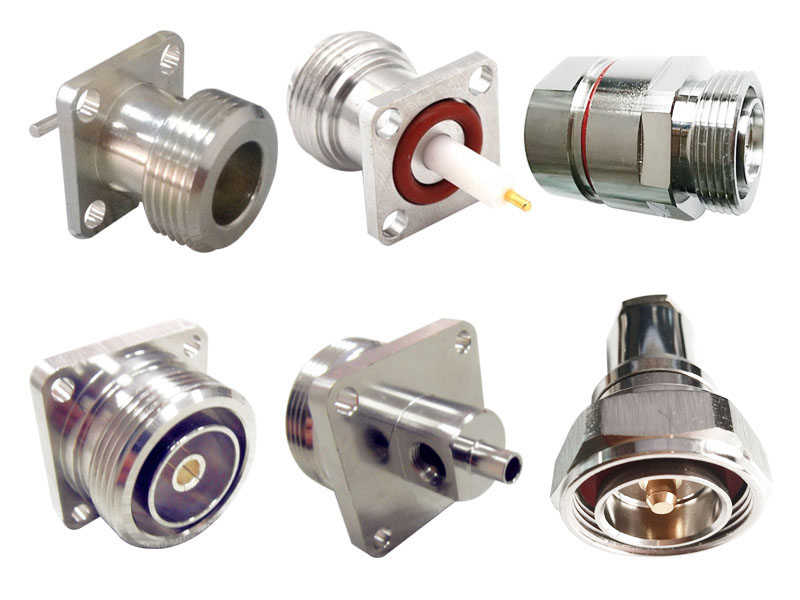-
We’re On Call 24/7 : +8613538296050
-
E-mail : anna@rohoconnector.com
We’re On Call 24/7 : +8613538296050
E-mail : anna@rohoconnector.com
RF connectors may be small, but if you put together a sufficient number of connectors, as in a base station, you will find that these connectors and their associated cable fittings will form a network and become widely accepted.Therefore, if you can reduce the size of the connector while improving performance, simplifying installation, and reducing possible human errors, you have a good reason to replace it.These factors, as well as reduced PIM, are likely to result in familiar connector types such as N type connector and 7-16 DIN connector in microbase stations and small cells being almost or even substantially replaced by newer, smaller connectors, and the process is already under way.

Most components can be used in the back panel after the connector size is reduced, which is very important for space-limited applications.But even if these connectors may be small enough, they are not enough for wireless carriers that need more space in crowded device bunkers.In addition, applications that require high data rates, such as high-definition video, require large amounts of bandwidth, which connectors must adapt to.
Distributed antenna systems (DAS) are also hosts to a large number of digital, optical, and RF connectors that may be combined to more than 100 in a large installation.It is not feasible to replace all the connectors in existing analog DAS systems that transmit only RF signals over coaxial cables, but fortunately the field is growing fast, so a new first installation may use the latest connectors at the right price.Cable and telecoms companies have deployed hundreds of thousands of wi-fi hotspots as value-added services to customers, potentially making them a new, smaller alternative connector.Another area that could benefit from smaller connectors is the growing large market for portable RF test equipment that, in addition to its small size and high performance, requires a sturdy connector design to meet harsh field conditions.